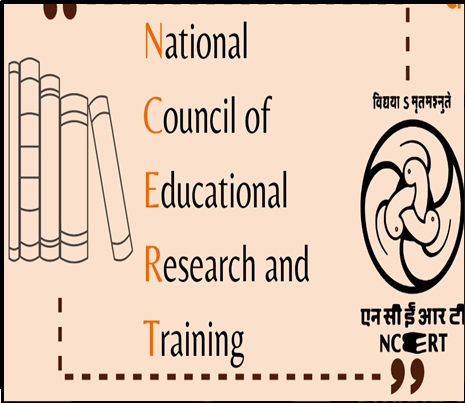NCERT HIGHLIGHTS SHORTFALLS IN KASTURBA GANDHI SCHOOLS
Why in the news?
NCERT’s report reveals major issues in Kasturba Gandhi Balika Vidyalayas, including infrastructure problems, teacher shortages, and safety concerns, impacting the education of enrolled girls.
source:researchgate
Evaluation Findings:
- NCERT Report: The National Council of Educational Research and Training (NCERT) identified several issues in its evaluation of 254 Kasturba Gandhi Balika Vidyalayas (KGBVs).
- Challenges Noted: The report highlights lack of transparency in fund utilisation, weak infrastructure, teacher shortages, low salaries, and safety concerns.
Status of KGBVs:
- Functionality: Out of 5,639 approved KGBVs, 4,260 are fully functional, 799 are partially functional, and 580 are completely non-functional as of June 30, 2023.
- Non-Functional KGBVs: States with higher numbers of non-functional KGBVs include Bihar (132), Andhra Pradesh (88), Jammu & Kashmir (84), Uttar Pradesh (78), and Odisha (76).
- Reasons for Non-Functionality: Issues include non-completion of construction, land disputes, delays in site selection, fund approval, and staffing.
| Kasturba Gandhi Balika Vidyalaya (KGBV) Scheme:
Objective:
Scheme Details:
Implementation Exclusions:
|




